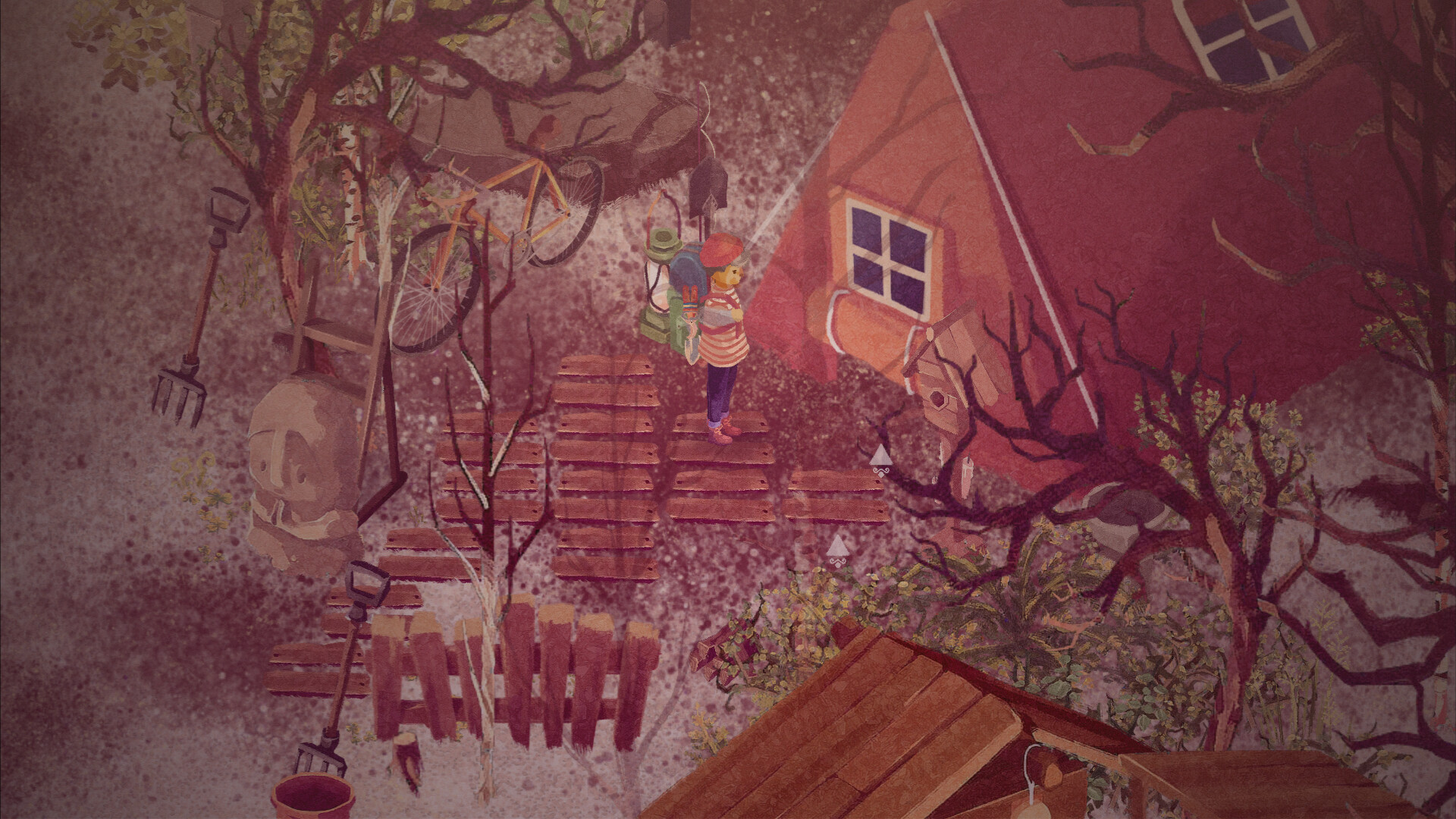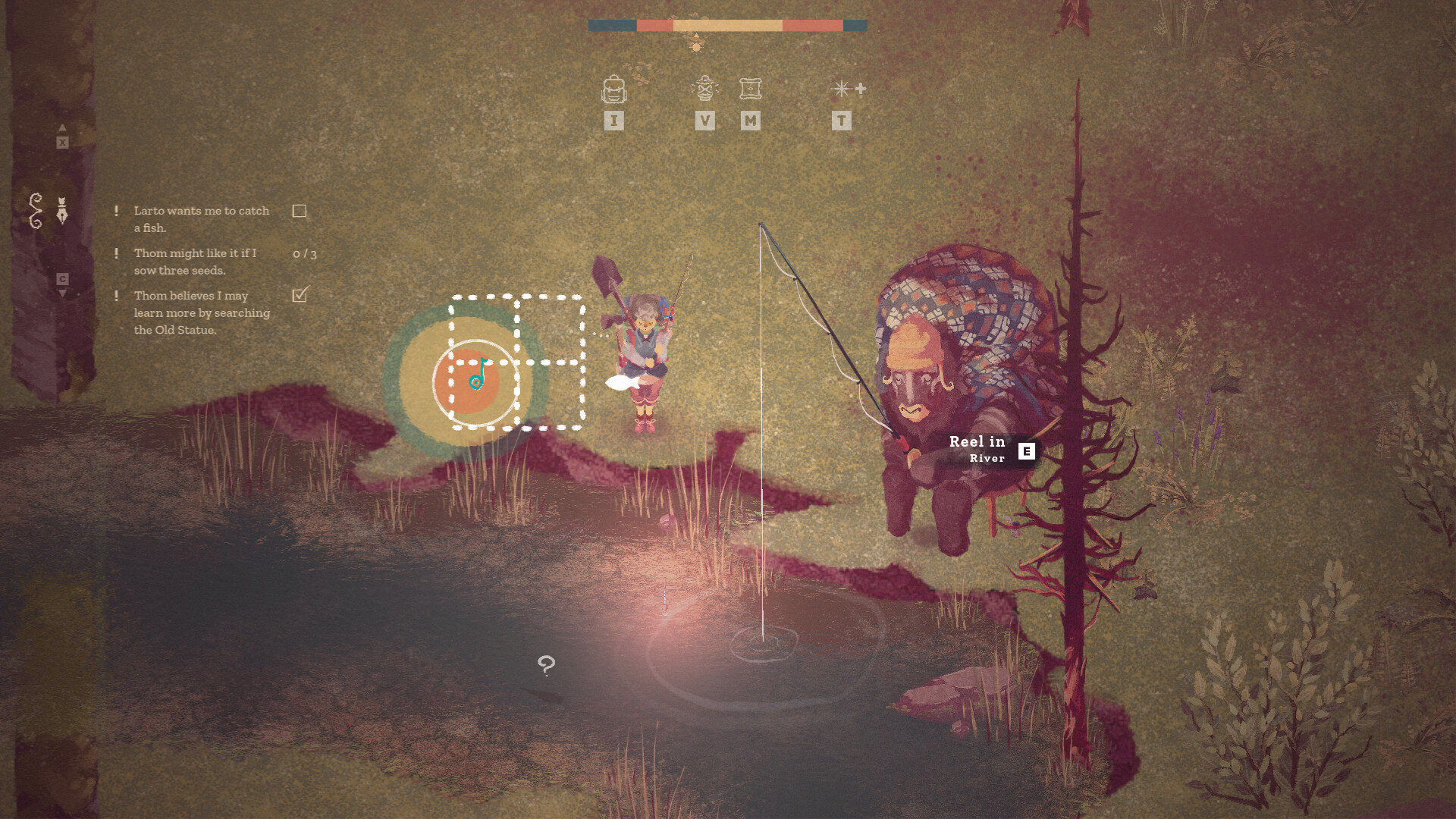We're excited to share a special Q&A with Louis Durrant, the creative mind behind "The Garden Path," a serene and beautiful game that has just launched on PC and Nintendo Switch. As the first game to launch using our W4 Console ports for the Nintendo Switch, we had the pleasure of working closely with Louis and the team at Carrot Cake to ensure a smooth transition. Let's dive into the journey of developing "The Garden Path" and the experience of bringing it to the Nintendo Switch.
Q: Can you tell us a bit about yourself and how you started in game development?
I'm Louis Durrant, an illustrator based in Bristol UK. I've always been drawing, but I've also always had an interest in computer software and hardware. The latter made it possible to make my illustration animate or be interactive. I made a lot of crummy games in Flash as a kid. I studied Graphic Design in Bristol, and angled most of my final projects toward interactivity and game design, and taught myself a lot in the process.
Q: What inspired you to create "The Garden Path"?
I started concepts for The Garden Path in 2017, as while I thought there were a lot of 'relaxing' life-sims on the market, I wanted to make something that took the focus away from farming or crafting or resource-management, and more on the space and experience itself. I drew a lot of inspiration from my time camping in the woods as a scout, as well as those old RPGs that always start you off in a magical forest before shortly kicking you out to somewhere more dangerous. I always wanted an excuse to stay in those forests, and in a lot of ways The Garden Path is my attempt at that.
Q: What were some of the most challenging aspects of developing "The Garden Path"?
Everything always hinged on the Garden itself. It's a fully interactive world loading-in each time - from the largest Scots Pine to the clover you might not even notice - virtually everything can be analyzed and interacted with. I also knew early on that I didn't want a conventional tile system, which made the natural space feel too rigid, and so every pixel on screen is its own effective tile that a plant or object could occupy. It was a challenge to build and optimize, and a challenge adapting the controls and experience to match.

Q: Why did you choose Godot as your game engine?
Ever since I was a kid I've had a love for FOSS and the open source community, but as an illustrator I was often looking for ways to contribute. I've done a couple hero illustrations for open source projects, and I illustrated a wallpaper for KDE, but I was eager to bring my love for game development into open source, where I'd used proprietary software in the past.
When I was picking and choosing game engines, I figured now was a great time to throw myself in the deep end and hopefully learn something with longevity. Godot 3.0 had just been released, and there was some real buzz growing around it. I wanted to make something that hopefully could be pointed to as 'possible' with open source tools. I'd started learning Krita a couple years prior for the same reason, and all the way up to release, all the game's artwork was drawn and exported in Krita. It made sense to match the two.
Q: How did you find the experience of using the W4 Console port for the Nintendo Switch?
If you know how to compile Godot from source (and honestly, anyone can learn), then you can start making Nintendo Switch games with W4's Console Port. I've worked with a number of different Nintendo Switch ports for Godot, and W4's stands as one of the more polished and user-orientated. The Garden Path is a relatively simple game with simple features, and so it didn't take too long to get up and running and suit the needs of the project.
Q: Can you share some insights on the collaboration with us?
I've lived inside the Godot editor for six years now, and it's been great working with a team that's so close to the project's roots and inner-workings. It's helped me build a better understanding of the Godot Engine itself and open source projects in general. I've really enjoyed working with a team that has open-source at its heart.

Q: What are you most excited for players to experience in "The Garden Path"?
It's often overlooked, but the audio! The small speakers on a handheld device work just fine, but I invite players to put on a pair of headphones if they get the chance. Just as much work went into developing the audio style of the game as the art style, which is hard to convey in a screenshot or often even a trailer. The sounds of the Garden adapt based on time and location, and there's more than two hours of soundtrack available to hear.
Q: Any advice for aspiring game developers?
Reach out! Every time things have moved forward for The Garden Path, it's because I've reached out to someone. And try to start thinking outside of the game-dev community - it's an amazing and supportive community, but you really start seeing your game in a new light when you start sharing it to new crowds.
Stay Tuned for More!
We're thrilled to see "The Garden Path" flourish on both PC and Nintendo Switch, and we can't wait for you to experience its charm. Be sure to check out The Garden Path on Steam and Nintendo Switch. You can also visit carrotcake's website for more information.
Don't miss out on the latest updates from W4 Games! Subscribe to our newsletter to be the first to know about our upcoming releases and developments.
Thank you, Louis, for sharing your journey with us, and congratulations on the launch of "The Garden Path"!